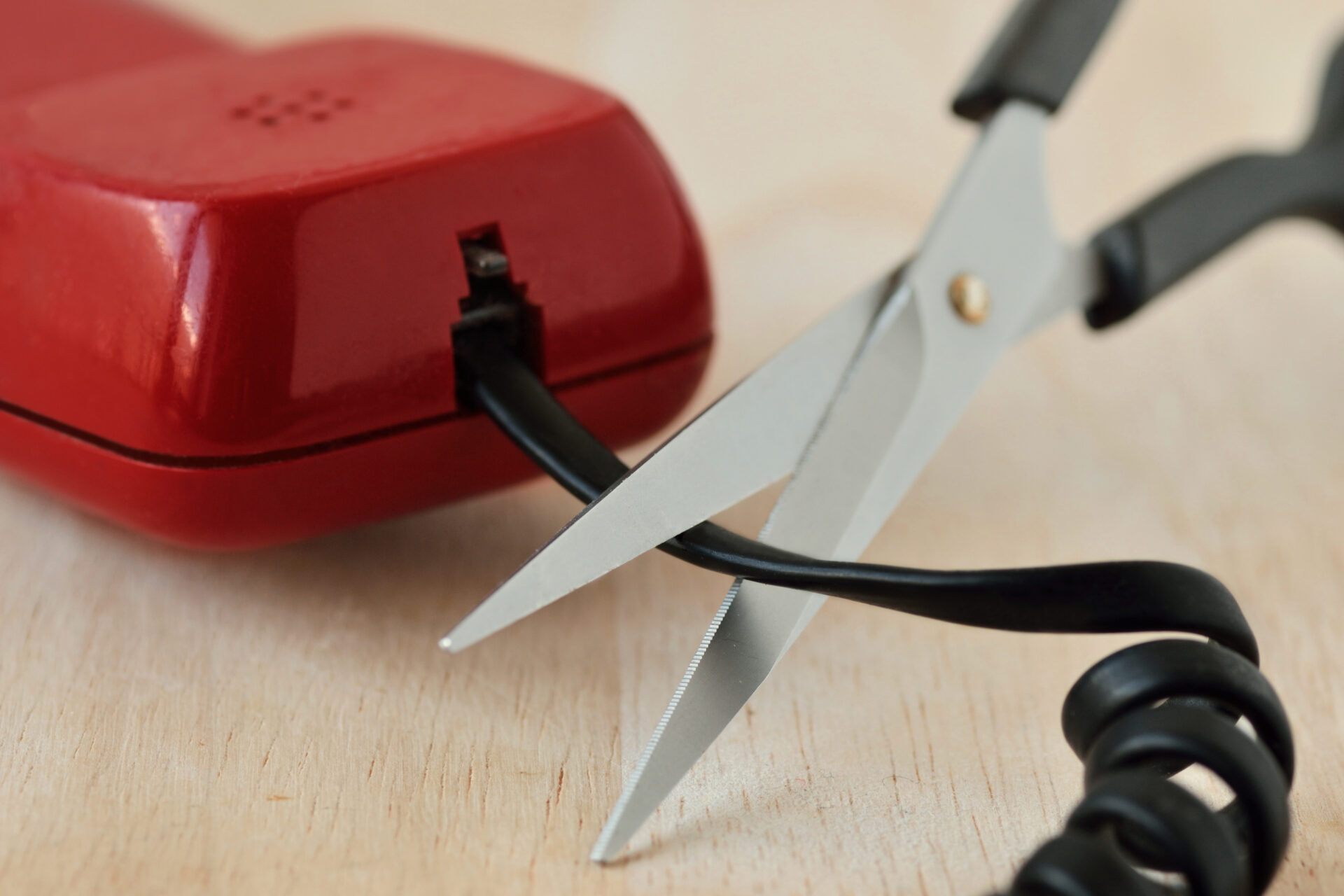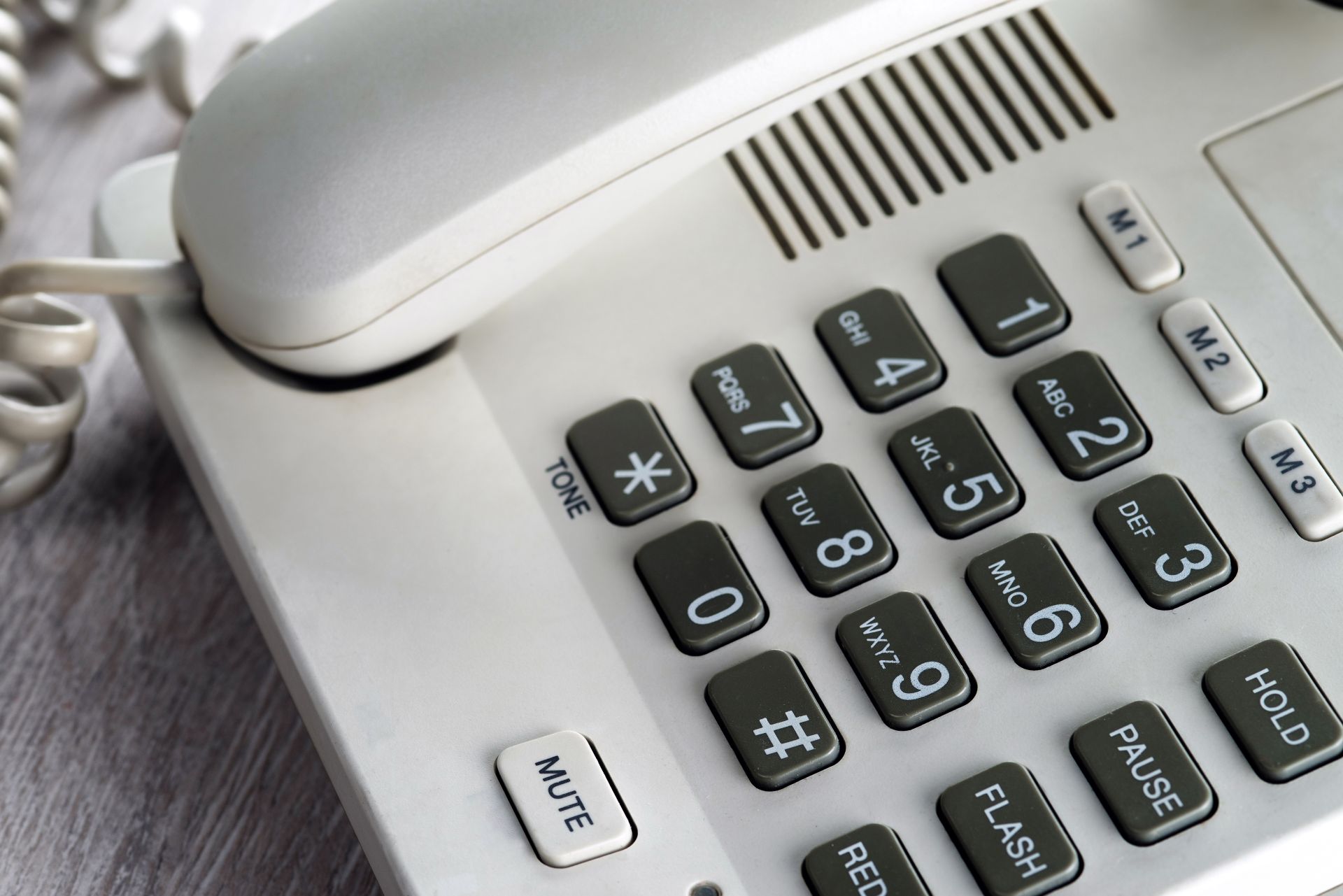That old computer or ageing server in the corner might still work, but is it really helping your business?
While it’s easy to stick with familiar equipment, especially when budgets are tight, outdated hardware could be slowing you down in ways you might not have noticed.
From slow performance to security issues, old tech contributes to growing problems over time.
Let’s examine why keeping your technology up to date is essential for maintaining efficiency and protecting your business without necessarily breaking the bank.
The Real Price of Holding Onto Old Tech
The headline impact of using older technology is that it’s slow. You might be used to making a morning coffee while your PC boots, but over the course of days, weeks, months, and years, the time you lose to slow systems really adds up.
A recent study by Microsoft in New Zealand revealed that PCs older than four years could cost businesses more than NZD $4,000 each in maintenance and lost productivity.
But the costs don’t stop at productivity. Recent data from the Cyber Security Breaches Survey states that around half of UK businesses report cyber incidents each year.
Outdated hardware is well-docuemnted to increase system vulnerability. Hackers often search out older, more vulnerable systems that lack the latest security features and are thus more susceptible to malware, ransomware, and other forms of cyber attack.
Sourcing Smart: Beyond the Spec Sheet
Upgrading your hardware isn’t just about buying the latest and greatest. Go beyond specs to gauge what will truly support your business and employees. Consider:
- Computers and laptops: Do you need raw processing power, or is portability more important?
- Routers and switches: Can your network handle your current and future data needs?
- Docking stations and monitors: How can you optimise your employees’ workspace for comfort and productivity?
- Access points: Is your Wi-Fi coverage sufficient for a mobile workforce?
- Network cabinets: Are you prepared for future expansion?
Making the right choices here can mean the difference between a system that merely works and one that propels your business forward.
Exploring Leasing For Flexibility
Buying upfront isn’t the only way to access the equipment you need to grow and support employees. Have you ever considered leasing, for example?
Leasing enables you to equip your entire team with cutting-edge technology without sizeable capital expenditure.
This is especially useful for agile companies and project-based work. For example, you could:
- Acquire top-of-the-line equipment immediately
- Spread the cost over manageable monthly payments
- Upgrade to newer models every 2-3 years without additional capital outlay
- Reduce your tax liability by treating the leases as an operating expense
Don’t sleep on leasing – it’s an excellent solution for young, scaling businesses.
Making the Right Choice for Your Future
If you’re looking to upgrade your business equipment, look at both your current and future business needs.
Here are some key points to keep in mind:
- What are your business goals for the next 3-5 years? Your technology should support these plans.
- Are maintenance costs for old equipment exceeding replacement costs?
- How could new hardware improve your team’s productivity?
- Would faster, more reliable systems enhance customer service?
- Could updated technology give you a competitive advantage?
Need help or want some expert guidance? Hive Communications can help guide you through the process.
We’ll analyse the costs and benefits, consider your long-term strategy, and help you make decisions that align with your budget and objectives.
Our recommended solutions are designed to grow with your business, and we’ll help protect you against cyber threats.
Curious to learn more? Contact Hive Communications, and we’ll be happy to help you.














